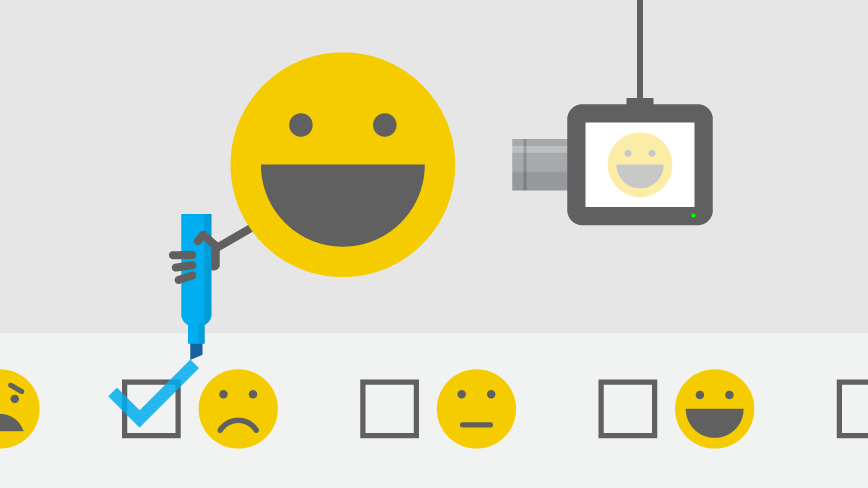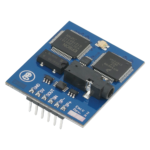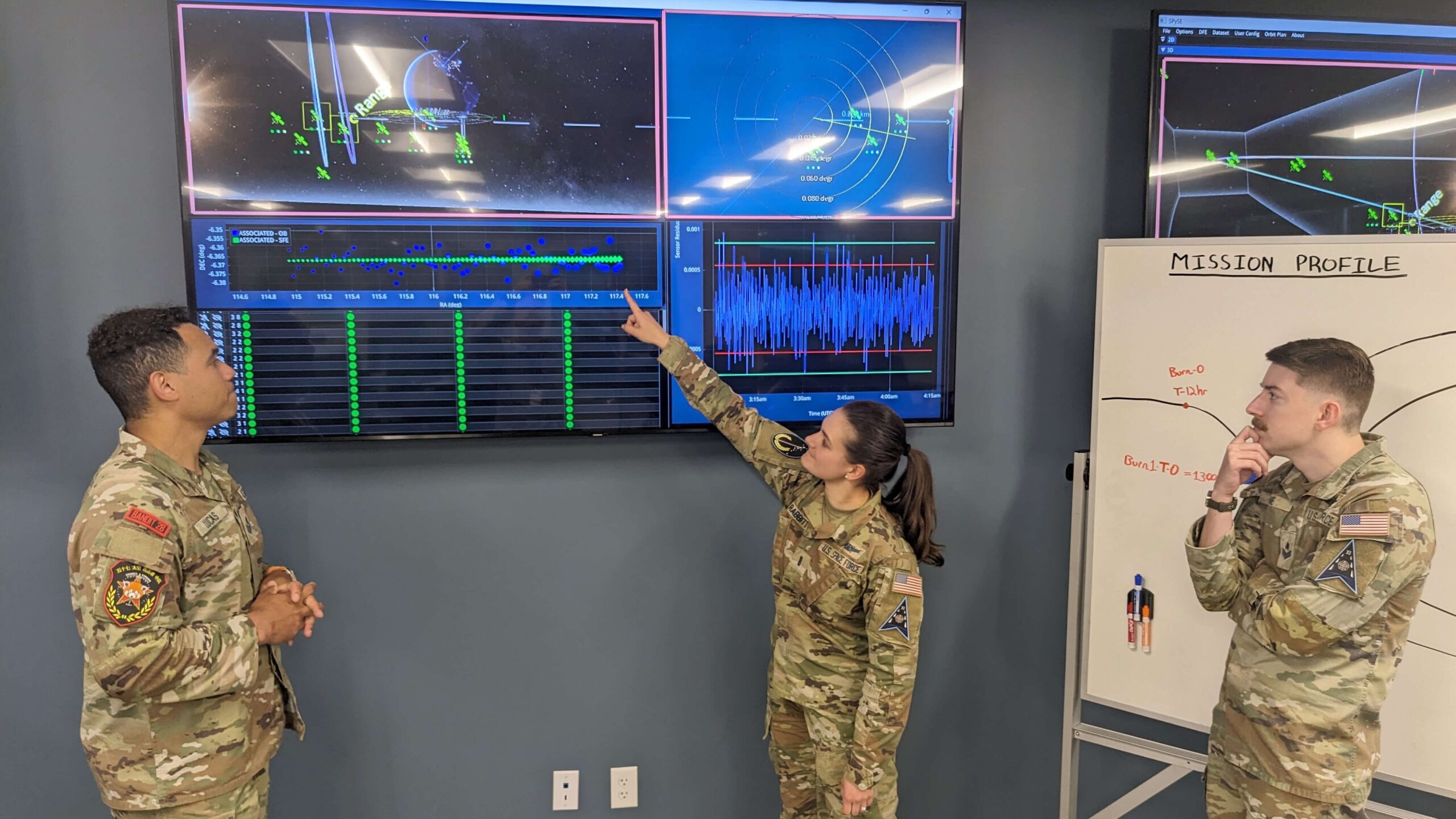Have you ever been in a conversation and struggled to understand someone’s emotions just from their voice? Maybe you wanted to be able to better recognize and respond to the emotions of others, or perhaps you’re interested in developing your own emotional intelligence. Whatever your motivation, learning how to master emotion recognition from speech can greatly benefit your communication skills and relationships.
In this comprehensive guide, we’ll delve into the world of emotion recognition from speech. We’ll explore what it is, why it matters, and how it can be used in various fields such as psychology, marketing, and artificial intelligence. With my personal experience studying this topic for years and extensive research on the subject, I’ll provide key insights and techniques that will help you improve your ability to accurately interpret emotions from speech. So let’s get started on this journey towards mastering emotion recognition!
So, emotion recognition from speech?
Emotion recognition from speech is a rapidly growing field in the world of artificial intelligence and human-computer interaction. It involves using various computational techniques to analyze vocal cues, such as tone, pitch, and intensity, to identify and understand emotions expressed through speech.
The ability to accurately recognize emotions from speech has numerous practical applications. For example, it can be used in customer service interactions to gauge customer satisfaction or detect potential issues before they escalate. In healthcare settings, it can aid in diagnosing mental health conditions or monitoring patients’ emotional well-being.
To master emotion recognition from speech, one must have a strong understanding of both psychology and technology. On the psychological side, knowledge of how humans express and interpret emotions through speech is crucial. This includes understanding cultural differences in expression and the impact of contextual factors on emotional communication.
On the technological side, proficiency in machine learning algorithms and signal processing techniques is necessary for building accurate emotion recognition systems. These systems often use large datasets of recorded speeches with labeled emotional states to train their models.
One key challenge in this field is accounting for individual variations in vocal expressions of emotions. Each person may have unique patterns that need to be accounted for when training an emotion recognition system.
Another important aspect is considering different levels of emotional complexity within a single utterance or conversation. Emotions are not always straightforward; they can change quickly or coexist simultaneously within one person’s speech.
In addition to technical skills and knowledge, successful mastery also requires empathy towards human emotions and sensitivity towards ethical considerations surrounding data collection and usage.
As research continues to advance in this area, we can expect more sophisticated emotion recognition systems that can accurately capture subtle nuances of human expression through speech. This will undoubtedly lead us closer towards seamless human-computer interactions where machines can better understand our feelings just like another human would.
Understanding the Fundamentals of Emotion Recognition from Speech
Recognizing emotions through speech is a fascinating area that combines psychology and technology. When we speak, our voices convey more than just words; they express feelings like happiness, sadness, or anger. The tone of voice, pitch, speed, and even pauses play vital roles in understanding emotional states. For instance, when someone speaks excitedly with a higher pitch and quick tempo, it usually indicates joy or enthusiasm. On the other hand, a slower pace combined with lower tones often signals sadness or fatigue. This intricate dance of sounds helps listeners grasp emotions without needing to see facial expressions.
The process of emotion recognition has become increasingly important in various fields such as mental health support and customer service. By analyzing vocal clues through advanced software algorithms powered by artificial intelligence (AI), machines can recognize these emotional cues just as humans do. Imagine chatbots that can detect frustration in a user’s voice; they could respond more effectively to resolve issues! In this way, emotion recognition from speech not only enriches human interaction but also enhances technological solutions across industries.
As we continue exploring this field further, numerous applications may emerge that change how we communicate and connect on different levels—both personally and professionally.

Exploring the Role and Significance of Emotion Recognition in Communication
Emotions are like the colors of our conversations, painting our words with feelings that can make or break connections. When we recognize emotions in others, we’re tuning into a deeper level of communication—a silent language that speaks volumes beyond spoken words. For instance, when someone smiles genuinely, it radiates warmth and openness; on the flip side, a clenched jaw or furrowed brow might signal frustration or discomfort. Emotion recognition helps us navigate these subtle cues effectively. It fosters empathy and understanding, allowing us to respond appropriately in various situations—be it comforting a friend in distress or celebrating someone’s success.
In both personal and professional realms, recognizing emotions enhances interactions significantly. In group discussions or team meetings, being aware of others’ feelings can lead to collaborative harmony rather than conflict. Imagine a scenario where one team member feels overlooked during decision-making; if their discomfort goes unnoticed, it could stifle innovation and morale. Yet by paying attention to emotional signals—like body language and tone—we create an environment where everyone feels valued and heard.
This attentiveness not only strengthens relationships but also enriches experiences shared with friends, family, and colleagues alike. Understanding each other at an emotional level is what truly connects us as human beings; it’s essential for building trust and fostering genuine bonds.
Read also: open source speech to text
Implementing Techniques for Improving Emotion Recognition Skills
Emotion recognition is a vital skill that helps us connect with others on a deeper level. By understanding emotions, we can respond appropriately in various social situations. One effective way to enhance this ability is through observation. Watching people’s facial expressions, body language, and tone of voice can provide clues about their feelings. You might notice how someone smiles when they are truly happy or frowns when they’re sad. Practicing mindfulness also plays a key role; being present allows you to pick up on subtle emotional cues that you might otherwise overlook.
Another technique involves engaging in conversations where you actively listen without interrupting. This practice not only shows respect but also gives you the chance to focus entirely on the speaker’s emotions and intentions behind their words. Additionally, participating in role-playing exercises can be beneficial too! For instance, by acting out different emotional scenarios with friends or family members, you train your brain to recognize varying emotional states more effortlessly. Remember, honing these skills takes patience and dedication—just like any other talent—but the rewards are well worth it as your connections deepen and relationships flourish.
Application of Emotion Recognition from Speech in Various Fields: Psychology, Marketing, Artificial Intelligence
Emotion recognition from speech is a fascinating and rapidly evolving field with applications spreading across various industries. In psychology, understanding emotions through voice can lead to better therapy practices. Therapists might analyze a patient’s tone or pitch to gauge their emotional state, enhancing communication. This can help in tailoring sessions based on the patient’s current feelings, making treatment more effective. For instance, a change in vocal quality may indicate rising anxiety levels, prompting immediate intervention or support techniques.
In marketing, businesses are tapping into this technology to refine customer interactions and tailor advertisements that resonate emotionally with their audience. By analyzing how people respond vocally during surveys or focus groups, companies learn what messages evoke positive feelings versus those that create discomfort. This insight allows them to craft promotional materials that connect deeply with consumers’ emotions — leading to increased engagement and loyalty.
Additionally, artificial intelligence systems use emotion recognition from speech for improved user experiences in areas like virtual assistants and customer service bots. By interpreting vocal cues such as stress or excitement, these systems adapt their responses appropriately. As they grow smarter at reading human emotions through voice alone, we move closer to machines that genuinely understand and respond empathetically to our needs.
You may also like: dragon tool
The Implications and Future Possibilities of Mastering Emotion Recognition from Speech
Mastering emotion recognition from speech opens up a world of fascinating possibilities. Imagine a future where our devices can truly understand how we feel based on the tone and rhythm of our voices. This technology could transform everything from customer service to mental health support, creating interactions that are more empathetic and tailored to individual needs. For instance, when you call a help center, an intelligent system could detect your frustration or confusion through vocal cues, allowing it to adjust its responses accordingly. In classrooms, teachers equipped with this technology might better gauge students’ emotional states, fostering supportive environments that adapt to various learning styles.
Moreover, as we delve deeper into the nuances of human emotions conveyed through speech patterns, new opportunities arise in fields like entertainment and therapy. Imagine video games that respond dynamically to players’ emotional reactions or films that adjust their narrative flow based on audience mood! In therapeutic settings, professionals could use real-time feedback about clients’ emotions during sessions, enhancing the effectiveness of treatment plans. As this exciting frontier develops further,
- workplace communication improves
- relationships strengthen
- safety measures advance
, revolutionizing how we connect with each other in both personal and professional realms.



